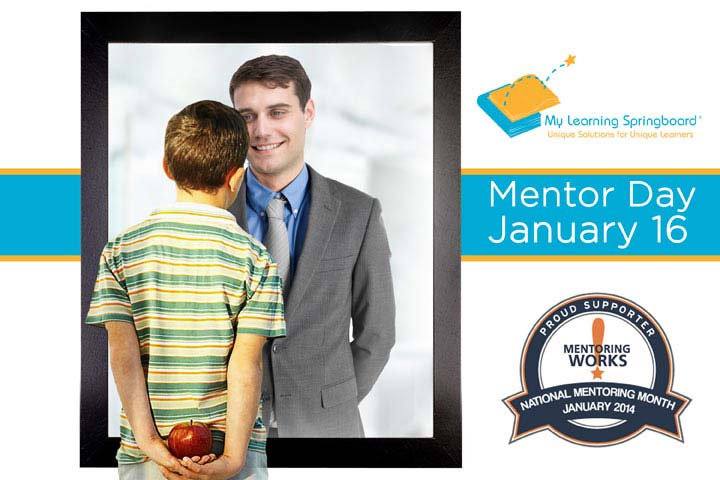 As most teachers and parents have observed at some point, young children’s bodies can act in ways that are (drastically!) counter to what we think would be best for their learning. Young children are continually exploring and discovering ways that their bodies fit into space and how to feel at ease in their bodies- like trying on clothes that don’t fit right, but you can’t take them off. This process is part of a child’s development. The constantly tapping foot, the drumming pencil, the inability to sit on the meeting rug for any length of time, the consistent tripping and falling– this is far from an exhaustive list, but they are some common actions that are frequently observed in classrooms and at home.
As most teachers and parents have observed at some point, young children’s bodies can act in ways that are (drastically!) counter to what we think would be best for their learning. Young children are continually exploring and discovering ways that their bodies fit into space and how to feel at ease in their bodies- like trying on clothes that don’t fit right, but you can’t take them off. This process is part of a child’s development. The constantly tapping foot, the drumming pencil, the inability to sit on the meeting rug for any length of time, the consistent tripping and falling– this is far from an exhaustive list, but they are some common actions that are frequently observed in classrooms and at home.
Some adults are quick to dismiss these behaviors as typical childhood “energy,” particularly in young boys. But whether boys or girls, many children grow out of this physical behavior in time, proving that it is a natural, if challenging, period of childhood development. Other children for whom these challenges are more extreme may benefit from from additional support by working with an Occupational Therapist. But regardless of the level of disruption to a child’s learning, there are a number of practices that can be adopted by either teachers or parents to help any child’s body feel more grounded in space when they are particularly “wiggly”.
- Create a “Push Place” on the wall at child’s height. Trace a pair of hands on a large piece of paper and post it on a wall in a part of a room where it isn’t distracting. The idea is that the student stands parallel to the wall, places their hands on the chart and pushes hard against the wall, literally doing standing push ups. The joint compression from this exercise can settle a body and make it feel more grounded. Ten to twenty are a good amount for any given visit to the Push Place. After modeling, the child begins to feel what it can do for their body and will self-regulate, recognizing on their own when they might benefit from it.
- Give wiggly students something heavy (for them) to carry. It could be a pile of books, a cloth bag full of blocks or any number of other things. If there is a purpose – the objects actually have to be transported somewhere – all the better. If not, it can still be presented to the child simply as body work or exercise or even “getting your body ready to work.” Carrying weighted objects even short distances can, by promoting the exertion of large muscle groups, help a child’s body feel calmed and more ready to focus.
- A quick and easy way to help an individual child or a group to warm up before sitting for a while is to do “Handcakes.” For this, the child puts their hands flat together in front of their chest and squash their hands together, squeezing as tight as possible, 10-12 times or about 1 minute. This can be done standing or sitting, and it doesn’t take any special space so can really be used anywhere. The benefits are similar to the Push Place, in which joint compressions stimulate a sense of groundedness that is particularly soothing for children who consistently feel ill at ease in their own bodies.
- For sitting, be sure the child has a chair with the proper height. A child’s feet should be able to touch the ground and not swing wildly. Needless to say, and many adults can likewise attest to this, having feet planted firmly is a direct way of feeling grounded in space. When sitting on a rug or on the floor, we can’t assume that all children can sit “criss-cross applesauce” for an extended period of time. Particularly for children with low muscle tone, it is a challenge to hold their bodies upright in any kind of consistent way. One alternative can be to have the child sit half cross-legged, where one leg is stretched out semi-straight and the other leg is crossed. The position can switch legs as needed.
The most important thing when thinking about “body helpers” such as these is for us to remember, again, that young children are still trying on their skin, in a sense. Not only are they growing rapidly, a process during which every added inch and pound creates a real shift, but in addition, a child’s sensory system is still learning how to recognize, interpret and react appropriately to the countless environmental stimuli that we encounter every minute of every day. Supporting young children during this period of growth can happen most effectively when we begin to understand what is driving seemingly frustrating behaviors so that we can begin to address them.
By Kevin Wood, Private Tutor
 So you’ve started
So you’ve started  … but don’t worry they are easy to fix!
… but don’t worry they are easy to fix! You can teach a student a lesson for a day; but if you can teach him to learn by creating curiosity, he will continue the learning process as long as he lives. ~Clay P. Bedford
You can teach a student a lesson for a day; but if you can teach him to learn by creating curiosity, he will continue the learning process as long as he lives. ~Clay P. Bedford